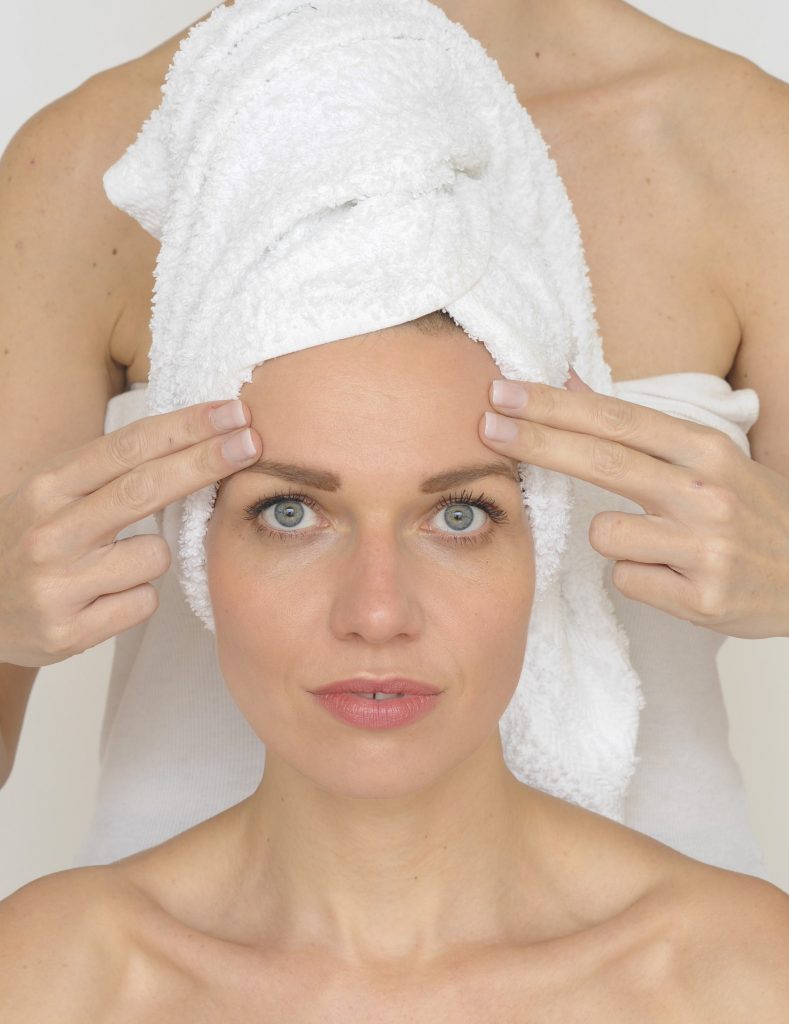Dissolving Dermal Fillers – Why and How?
Estimated reading time: 7 minutes

Dermal fillers offer individuals the opportunity to restore lost volume, smooth out wrinkles, and enhance facial contours with minimally invasive procedures. However, there may come a time when one desires to reverse the effects of fillers, whether due to dissatisfaction with results, complications, Allergic Reactions, Migration or changes in aesthetic preferences. This is where dissolving dermal Fillers is used.
Dissatisfaction With the Results
The most common reason for people seeking to dissolve their fillers is when they have been over filled. Most of the time this happens when people go for their top ups and the practitioner gets greedy. I ask clients to come back either in person or via video every six to eight months. I would say that 50% of the time I tell people that they’re still looking good and I book them in for another 6 months. Overfilling happens when the practitioner starts filling here and there when the client DOESN’T NEED IT! This is how celebrities end up looking fake. The best type of practitioner is the kind that will tell you NO and to STOP.
Changes in Aesthetic Preferences
As we grow older fashions change, for clothes and also aesthetically. The older we get the more natural that we need to be…or SEEM (There’s nothing natural or organic about me but I pass like a dream). This is specially true for lips. Lip Filler is still needed as we get older, but the purpose is for lips to look youthful as opposed to the size that we seen in younger girls.
Jawline Filler is another procedure that I dissolved quite often. I’m talking about those exaggerated jawlines that you see on social media. Specially in women although I have had to dissolve jawline filler for men as well. An exaggerated jawline seems like a great idea until you realise that it changes all your facial features and you simply no longer look like yourself. These procedures are a fashion and I dare say FAD, that people need dissolving later in life.
The same holds true for overfilled Non Surgical Facelifts and Jowl Lifts with Fillers.
Complications in Dissolving Fillers
All Dermal Filler procedure carry the risk of complications. In fact, every single practitioner that I know, including me, has had a complication at some point in their career. Dissolving in a timely manner, using techniques that every well-trained practitioner has been trained in but hopes they never have to use, makes the difference between a minor inconvenience and a full-blown complication. If you’re reading this and are concerned about a complication like vascular occlusion, you must immediately contact your practitioner. Time is off the essence with a vascular occlusion. A vascular occlusion looks like a bruise and it’s very painful.
Allergic Reactions
Allergic Reactions to Dermal Fillers are extremely rare. In fact, I have only known of one that happened to one of my colleagues. If an allergic reaction occurs, the filler requires slow dissolution. The primary risk of dissolving dermal filler to which someone is allergic is that the enzyme called hyaluronidase, used for dissolving dermal fillers, has a high rate of allergic reactions. You can imagine that if a person is allergic to dermal filler which is such a rare reaction, we need to be very careful with hyaluronidase. I’m allergic to hyaluronidase so I know first hand how to deal with it.
Filler Migration
Filler can and sometimes does migrate. This is seen mostly on Lips (when overfilled) and in the Tear Trough area. Gentle dissolving is required when this happens. There is no need to dissolve the entire area. An experienced practitioner will gently isolate and dissolve the migrated areas.
Preparation for Surgery
Some surgeons will ask that you have your dermal fillers dissolved before surgery. Most of the time, these surgeons will carry out the procedure themselves.
How Do We Dissolve Dermal Fillers
Dissolving dermal fillers, also known as filler reversal or removal, is a procedure that breaks down and removes previously injected fillers from the injected areas. The process typically involves the use of an enzyme called hyaluronidase, which helps to break down hyaluronic acid-based fillers, the most common type used in cosmetic procedures.
The way the enzime is used to dissolve depends on the situation. In an emergency situation to treat a vascular occlusion a higher dose is used. However, for the dissolving of cosmetic filler, I prefer a softer approach over several treatments. Hyaluromidase can cause a lot of swelling and I prefer to inject conservatively, then allow for the swelling to subside before continuing the dissolving process.
Why do I need dissolving if Dermal Fillers are not permanent?
Whilst medical studies confirm that dermal fillers made from Hyaluronic Acid are slowly absorbed by your skin and muscles, we also acknowledge that this process can take years. My personal experience is that the first time I inject a patient, they will need a top up after 8 months. Their second top up is generally not needed for a year or more.
Patients that have been with me for years, often come in for a catch up and a coffee more than a top up. This tells me that a lot of the filler remains is absorbed slowly. If this a bad thing? Well no, provided that your injector is conservative and does not over inject you. A practitioner that is always thinking of new things that you need even when you get the feeling that you didn’t need that much, is usually acting out of greed. It’s important that we act in the best interest of our clients. Greed is not a good look on a practitioner.
The Dermal Filler Dissolution Process
- Consultation: During the initial consultation, the practitioner needs to assess the patient’s concerns. Review their medical history, and discuss the expected outcomes of the procedure. The practitioner then needs to be realistic in deciding if they have the skills to be able to meet the patient’s expectations. It is not uncommon for patients to have unrealistic expectations and go from clinic to clinic until they find someone that is willing to do the work they want even if it’s not advisable.
- Test Patching: Test patching is a good idea when a patient has a history of allergies. Hyaluronidase has a history of creating allergic reactions far greater than most injectibles. Test patching is not possible in cases of vascular occlusions where dissolving the filler is a matter of emergency.
- Treatment Planning: Based on the patient’s needs and goals, we practitioner develop a bespoke treatment plan. This includes determining the type and amount of hyaluronidase to use, specifying the areas to dissolve, the intervals between treatments, and the quantity needed for each session.
- Administration of Hyaluronidase: The hyaluronidase enzyme is injected directly into the areas containing filler using a fine needle or cannula. The enzyme works by breaking down the hyaluronic acid molecules in the filler, allowing the body to naturally absorb and eliminate the product.
- Monitoring and and Follow Up: We monitor the patient for any immediate adverse reactions, such as swelling, redness, or allergies. We may schedule follow-up appointments to assess the results and determine if additional treatment is needed.
Considerations and Risks of Dissolving Dermal Fillers
- Effectiveness: The effectiveness of filler dissolution may vary depending on factors such as the type of filler used, the amount injected, and the individual’s metabolism. Multiple sessions may be required to achieve desired results.
- Side Effects: Common side effects of filler dissolution may include swelling, bruising, redness, and temporary discomfort at the injection site. These effects are usually mild and resolve on their own within a few days.
- Potential Complications: In rare cases, complications such as infection, scarring, or allergic reactions to hyaluronidase may occur. It is essential to choose a qualified and experienced practitioner to minimise the risk of adverse outcomes. However, an allergy is not in the hands of the practitioners. Knowing how to deal with the allergy is the difference between a complication and a disaster.
Dermal filler dissolution is a safe and effective option for individuals seeking to restore their natural appearance. What ever your personal reasons for wanting your filler dissolved, hyaluronidase offers a solution that is minimally invasive and relatively quick. If you are considering dissolving your filler, consult with a qualified practitioner to discuss your options and ensure a safe and satisfying experience.
You can book a free video consultation HERE. If you wish to speak to a member of staff you can call us on 0800 0029696

